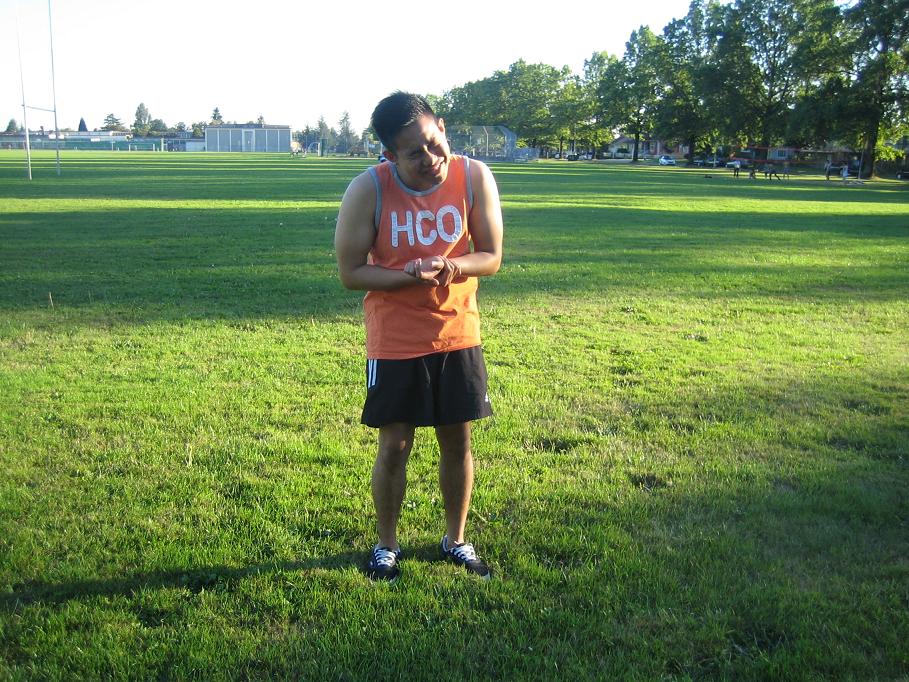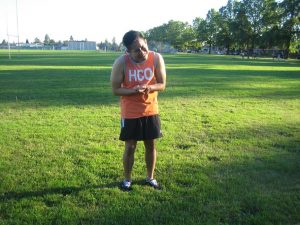Tendonitis of the hand causes severe pain when moving the hand. The tendons are composed of rough pack of fibrous tissue that attaches the bones and muscles. Tendonitis is an inflammation of the tendon. Tendons of the hand are flat, thin and colored white. Inflamed tendon sheath will result to trigger finger.
Causes of hand tendonitis
- Minor or major injuries on the hand
- Penetrating injuries that results in partial or complete tearing of the tendons
Mild to moderate pain or dull in the early stage of inflammation. Pain becomes intense in the later stage during inflammation and can become chronic and last longer. - Inflammation and tendonitis due to tendon tear
- Falling on outstretched arm
- Direct impact to hand during vehicular accidents or during work
- Injuries to the hand such as skin laceration, and penetration or contusion caused on the hand and sometimes result to infection.
- Performing repeated actions
- Using heavy tools and vibrating tools
- Weightlifting of light or heavy weights stretches the tendon and result to inflammation with microscopic tears and laceration of the tendon.
- Penetrating wound
- Spread of infection, abscess and tendon sheath infections
Symptoms
- Mild to moderate pain or dull in the early stage of inflammation. Discomfort becomes intense in the later stage during inflammation and can become chronic and last longer.
- Pain is reduced when resting the affected area
- Pain becomes severe when moving the hand
- Tenderness of the affected area
- Pain on the inflamed tendon when pulled following contraction of the muscles.
- Sometimes pain can be felt on swelling tendon under the palm
Treatment
- Rest the affected area for fast healing of the condition.
- Wear braces to prevent unnecessary movements, lessen the pain and the inflammation. Braces protects inflamed tendon and further injuries.
- Apply ice pack on the affected area for at least for 15-20 minutes, 3-4 times every day. It lowers the temperature around the affected area and lessen the pain and the swelling. It also minimizes inflammation of the tendon. Avoid placing the ice pack straight on the skin. Wrap it using a towel or cloth before applying on the site to prevent additional damage and aggravate the condition.
- Provide the prescribed non-steroidal anti-inflammatory medications such as Motrin, naproxen and Celebrex to lessen the pain and the inflammation.
- Take the prescribed muscle relaxant to lessen the spasms of the hand or forearm muscles.
- Perform range-of-motion exercises regularly with the help of the physical therapist. Gently move the joint until its full range of motion to prevent making the affected area becoming stiff. Perform exercises to strengthen the muscles around the joint.
- Warm up before and proper stretching after an activity.
- Gradually increase slowly the activities and stop if it causes pain. Apply ice after the activity to prevent the pain and the swelling.
- Stop smoking. Smoking delays healing of the wound and tissues.
Tips
- Change regular activities that tend to cause the symptoms such as repeated movements that cause straining the joints or muscles. Start alternating hands or change the grip size of the tool being used.
- Alternate the usual activities with new ones such as walking by changing it into swimming or performing water exercises is good for the condition.
Disclaimer / More Information
The material posted on this page on hand tendonitis is for learning purposes only. Learn to recognize and manage the condition by taking a first aid and CPR class with one of our training providers.
FACT CHECK
https://www.healthline.com/health/tendonitis-of-wrist
https://www.webmd.com/pain-management/guide/hand-pain-causes#1


